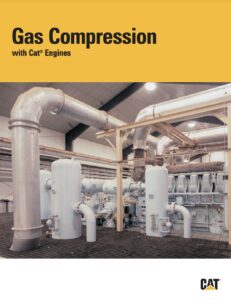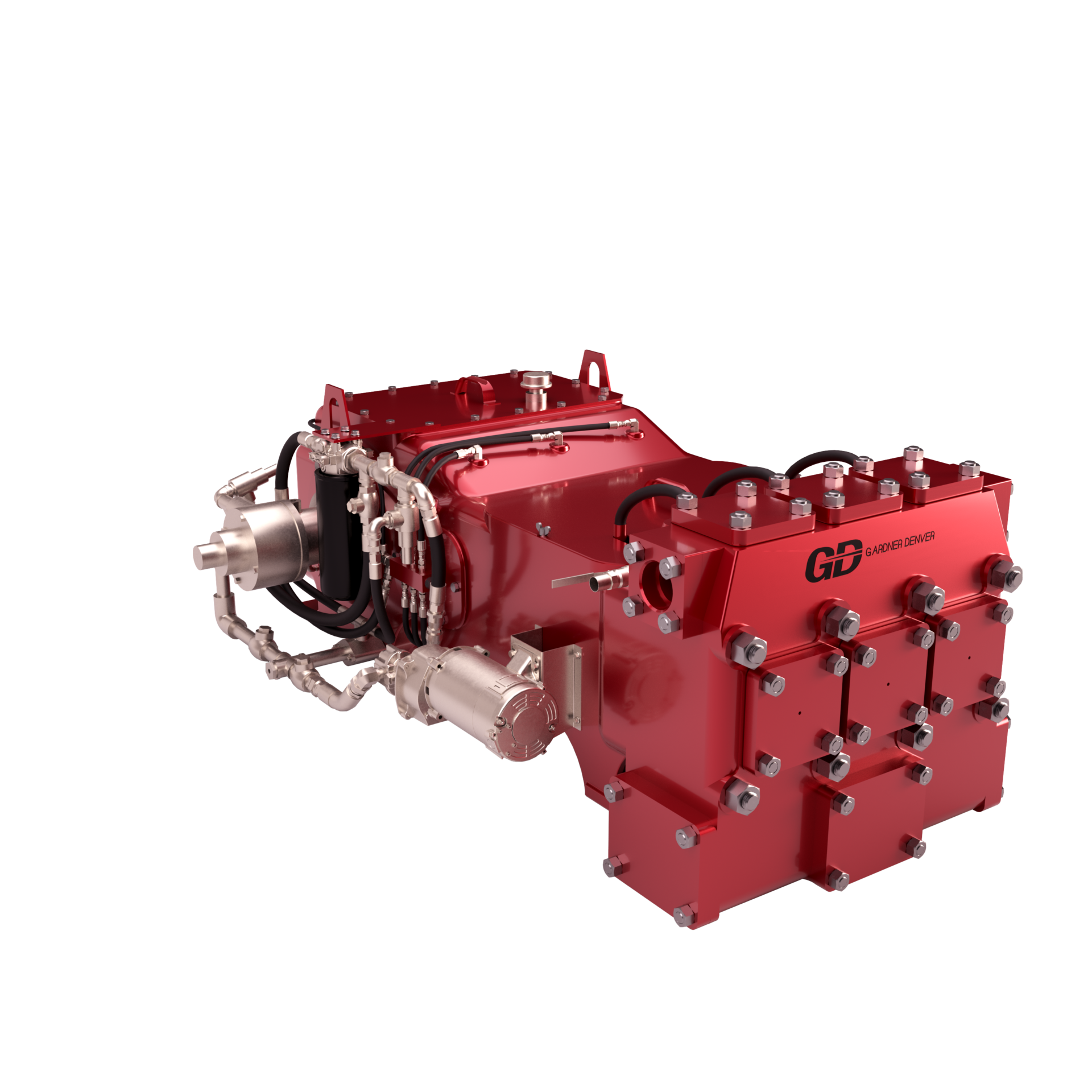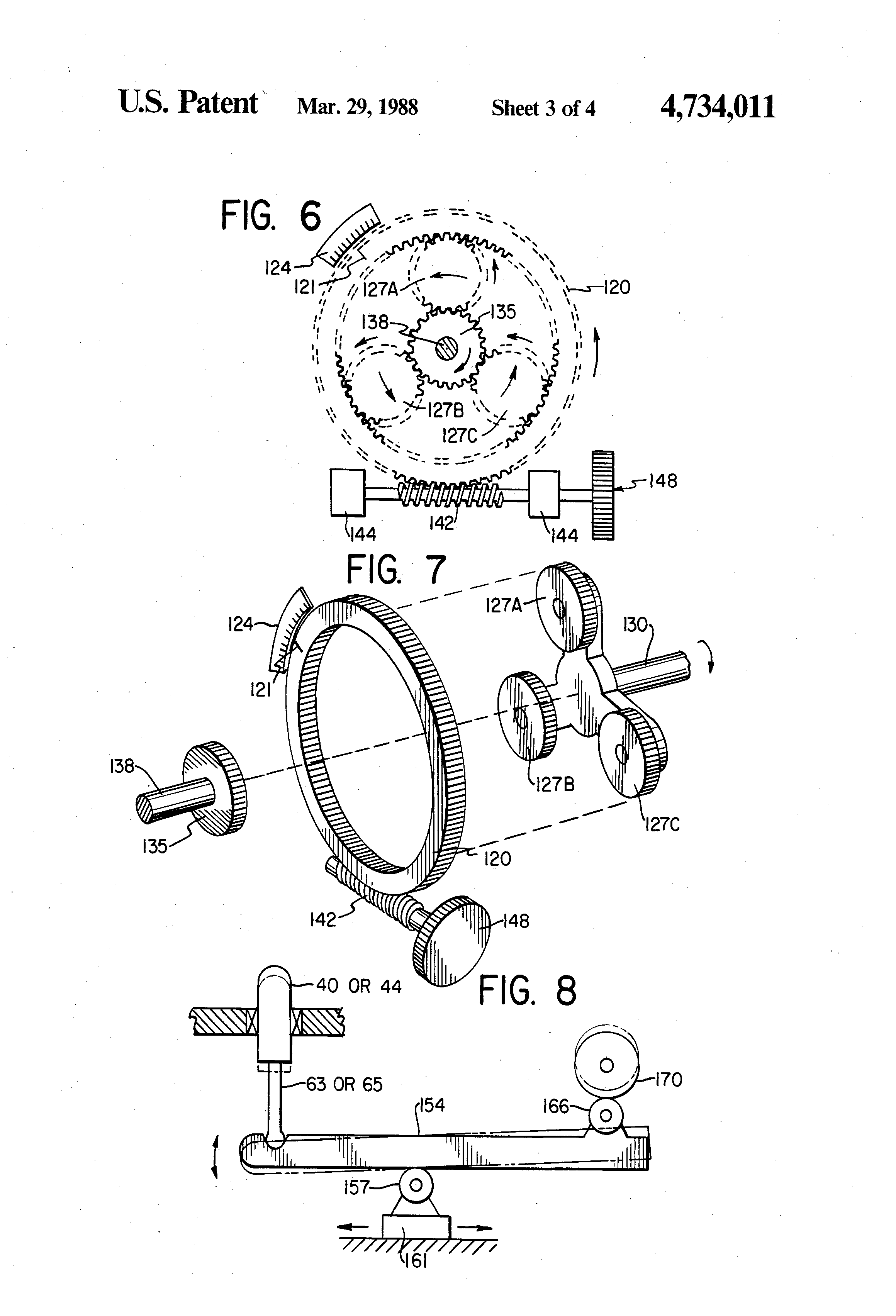Caterpillar Gas Compression Engines and Parts
Power Flow markets gas compression engines and Arrow Engines parts replacement by Caterpillar.
Gas compression in the oilfield market refers to increasing the pressure of natural gas to be transported, stored, or processed more efficiently. Compression ensures that the gas moves through pipelines, maintains flow in the system, and reaches desired pressures for processing or storage. Below is an overview of gas compression and its role in the oilfield market:
-
Cat Models Available for Gas Compression
-
G3304/06
-
G3406/08/12
-
G3508/12/16/20
-
G379
-
G398/99
-
G353/G342
-
Purpose of Gas Compression
- Transportation through Pipelines: Natural gas is transported over long distances through pipelines, and it needs to be kept at high pressure to maintain flow. As the gas travels, it loses pressure due to friction and elevation changes. Gas compressors are installed at various intervals along the pipeline to “boost” the pressure and keep the gas flowing.
- Gas Gathering Systems: In oilfields, natural gas is often produced alongside oil (associated gas) or from gas wells (non-associated gas). This gas needs to be collected and compressed before it can be processed or sent to pipelines. Gas compression allows the efficient gathering of gas from multiple wells in the field, ensuring the gas moves toward a processing facility or distribution network.
- Processing and Refining: Before natural gas can be used commercially or sold, it must be processed to remove impurities like water, carbon dioxide, and sulfur compounds. Compression is often needed to move gas through the processing units, particularly if the gas is at low pressure when extracted from the reservoir.
- Storage: Compressed gas can be stored in underground facilities or storage tanks for future use. Storage plays an important role in managing supply and demand fluctuations in the natural gas market.
Types of Gas Compressors
 There are several types of compressors used in the oilfield market, each suited to different applications depending on factors like pressure requirements, gas volume, and operational conditions:
There are several types of compressors used in the oilfield market, each suited to different applications depending on factors like pressure requirements, gas volume, and operational conditions:
- Reciprocating Compressors are positive displacement compressors that compress gas using pistons. They are commonly used in oilfields because they can handle various pressures and gas compositions. They are suitable for high-pressure applications and offer precise control over gas flow.
- Centrifugal Compressors: These use a rotating impeller to increase gas pressure. Centrifugal compressors are ideal for handling large gas volumes and are often used in processing plants and pipeline booster stations. They are more efficient for handling continuous high-flow operations but are typically used for lower-pressure applications than reciprocating compressors.
- Rotary Screw Compressors: These compressors use two rotating helical screws to compress the gas. They are often used for intermediate-pressure applications in gas-gathering systems and are valued for their continuous flow and reliability in on-site operations.
- Diaphragm Compressors: These compressors compress gas using a flexible diaphragm, making them ideal for handling gases that need to avoid contamination. They are less common in the oilfield but may be used in niche applications where gas purity is critical.
Gas Compression Applications in the Oilfield Market
- Gas Lift for Enhanced Oil Recovery (EOR): Gas compression is used in gas lift operations, where compressed gas is injected into oil wells to reduce the hydrostatic pressure on the oil, allowing it to flow more freely to the surface. This enhances the recovery rate of oil in underperforming reservoirs.
- Flare Gas Recovery: Excess gas is often flared in oilfields to prevent pressure build-up or to dispose of unwanted gas. However, capturing and compressing this gas (flare gas recovery) allows it to be reused, reducing emissions and improving efficiency.
- Pressure Maintenance and Reservoir Injection: In some cases, compressed gas is injected back into the reservoir to maintain pressure and enhance oil recovery. This is particularly important in mature fields where natural pressure has declined.
- LNG (Liquefied Natural Gas) Production: Gas compression is a critical step in the liquefaction process, where natural gas is cooled and compressed to create LNG for export. Compressors reduce the volume of the gas, enabling more efficient transport in specialized LNG carriers.
Importance of Gas Compression in the Oilfield Market
Gas compression is vital for maximizing the profitability and efficiency of oil and gas operations.
It allows producers to:
Reduce Flaring and Emissions: By compressing and utilizing natural gas, companies can reduce the environmental impact of flaring, which is both wasteful and harmful.
– Maximize Resource Utilization: Compressing and transporting gas ensures companies can monetize the gas produced alongside oil rather than venting or flaring it.
– Facilitate Market Access: Gas compression enables oilfield operators to deliver gas to distant markets, contributing to energy supply chains worldwide.
Conclusion
In the oilfield market, gas compression plays a pivotal role in transporting, processing, and storing natural gas. It is essential for maintaining flow in pipelines, optimizing gas gathering systems, and supporting operations such as enhanced oil recovery and LNG production. Different types of compressors, including reciprocating, centrifugal, and rotary screw compressors, are employed depending on the specific needs of the operation. Overall, gas compression enhances the efficiency and sustainability of oilfield operations by maximizing gas utilization and reducing environmental impact.



